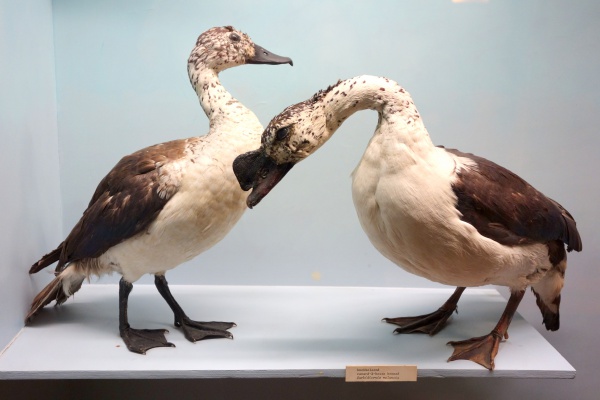Facts About Knob-billed duck
The knob-billed duck, also known as the African comb duck, is a captivating large duck species that thrives in tropical wetlands across Sub-Saharan Africa, Madagascar, and parts of Asia. Taxonomists often distinguish this species from the comb duck. Interestingly, what was once believed to be the extinct "Mauritian comb duck" turned out to be a misidentified Mauritius sheldgoose.
This duck stands out due to its unique features. It has a white head speckled with dark spots, a white neck and underparts, and glossy blue-black upperparts. The males are particularly notable for their distinctive black knob on their bills. Juvenile knob-billed ducks closely resemble the greyish female cotton pygmy geese. Generally, these ducks are quiet but produce a low croaking sound when startled.
There is ongoing debate about the precise taxonomic placement of the knob-billed duck within the duck family tree. Some experts classify it within the Anatinae subfamily, while others place it in the Tadorninae or shelduck subfamily.
Knob-billed ducks favor freshwater swamps and lakes as their habitat. Their diet consists of vegetation, small fish, invertebrates, and seeds. However, they can pose a challenge for rice farmers as they sometimes feed on crops.
Although their numbers are declining in some regions, the knob-billed duck is not considered globally threatened. These ducks are social creatures, often seen in flocks that may segment by gender. Breeding takes place during and after the rainy season, with females laying between 7 to 15 eggs. Males can have multiple mates and exhibit protective behavior toward both their partners and offspring.
The species benefits from protection under the Agreement on the Conservation of African-Eurasian Migratory Waterbirds, helping to ensure their continued presence in our wetlands.
